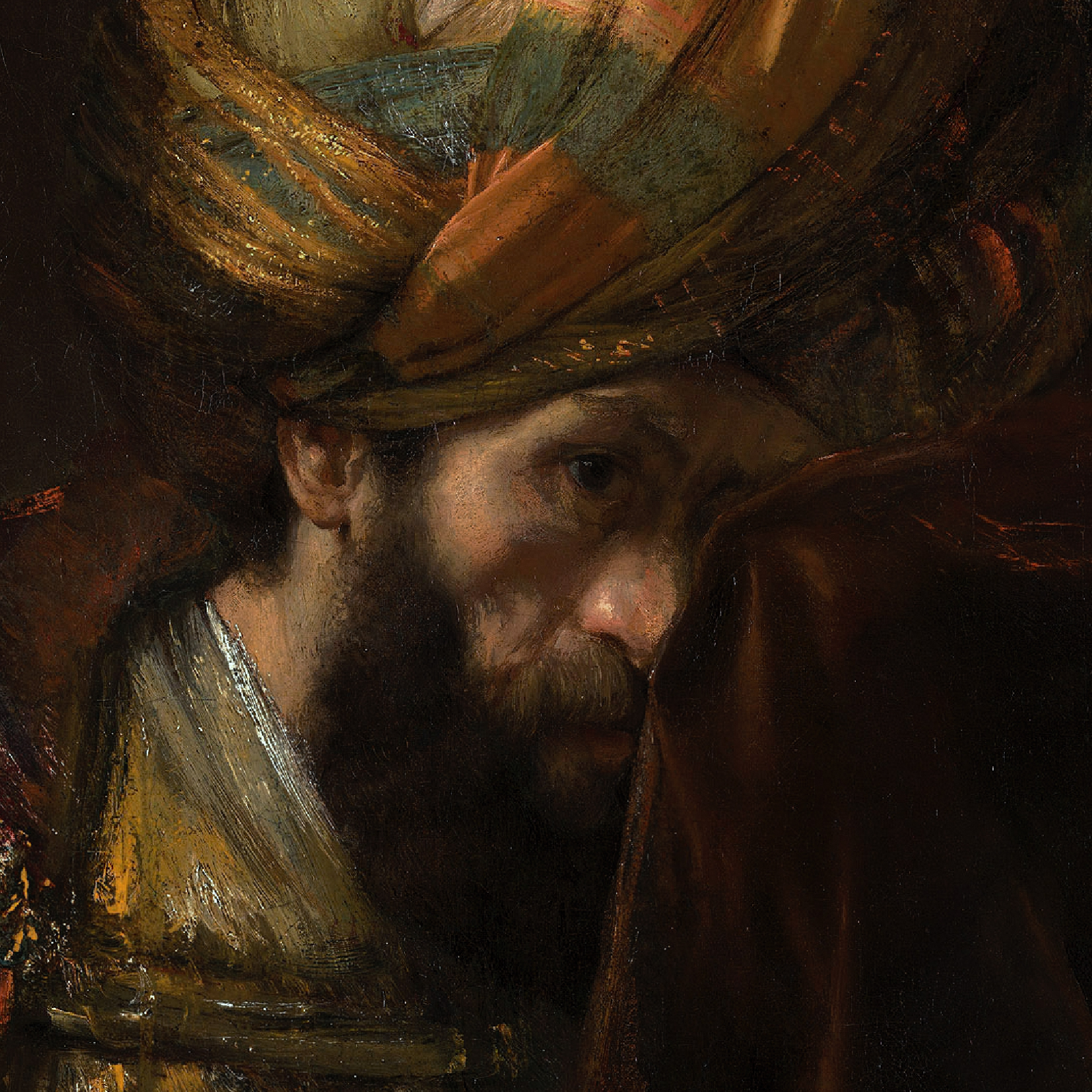Vincent van Gogh painted this picture soon after his release from the hospital, where he was recovering from the disastrous final days of Paul Gauguin’s stay with him in Arles.
In a long letter to his brother Theo posted January 23, 1889, he mentions creating this painting alongside several other issues, including the need to make money through picture sales. He likely had the market in mind in painting this still life.
The painter was clearly attracted to the shapes and hues of the citrus fruit arrayed in the wicker basket, and the way their varied orb shapes play against the weave of the dried sticks, the whole set off by the prickly needles of the cypress branches. Van Gogh refers in his letter to an "air of chic" in this picture, prompted perhaps by the inclusion of blue garden gloves.
The painting reveals the artist’s extraordinarily original sense of color, as well as his richly expressive paint application as he struggles to evoke the nubby waxen skin of the various fruits, the spiky fur of the branches, and the limp material of the worn gloves.








